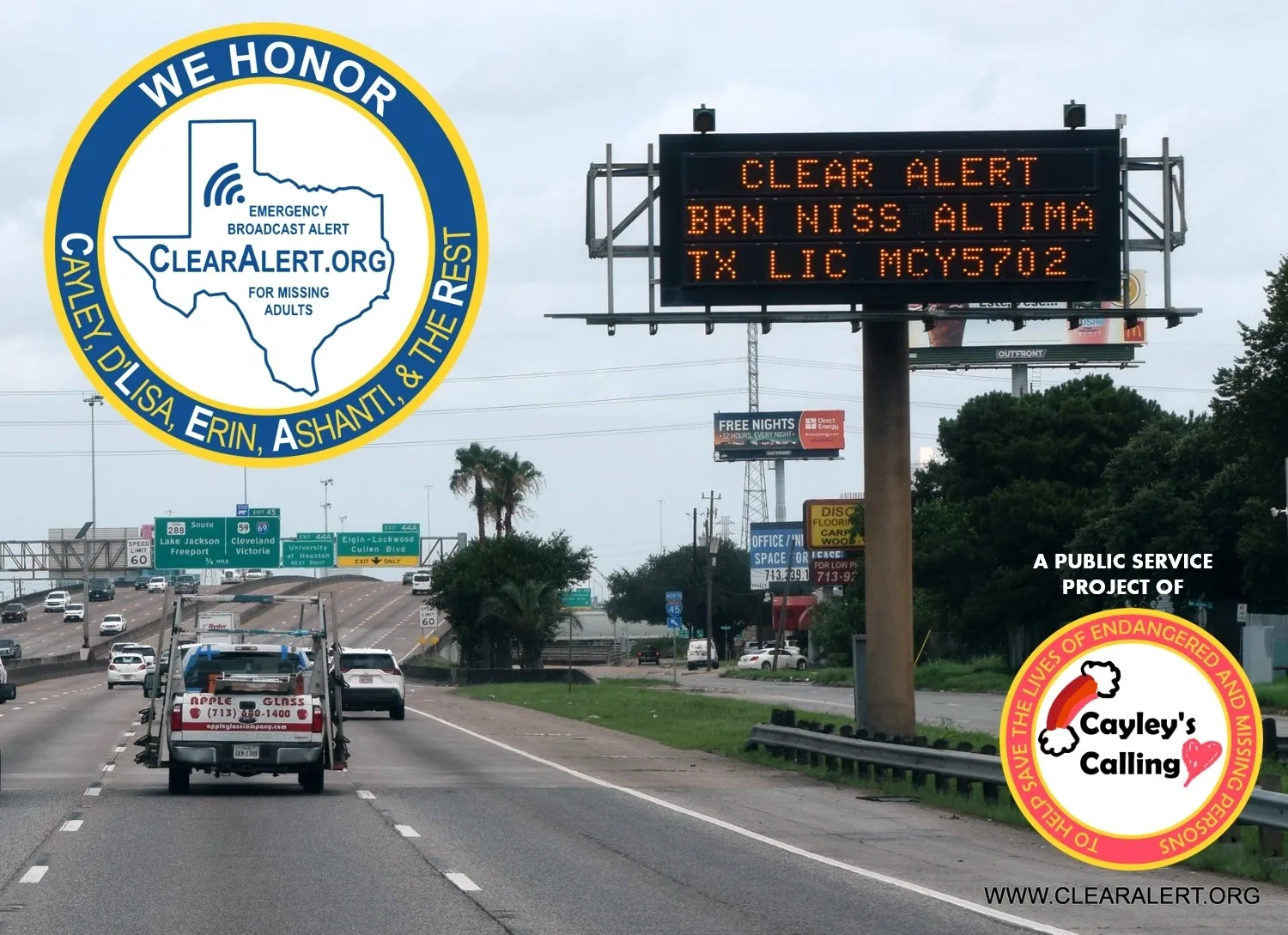When you buy a car, whether it’s new or used, you want to make sure you’re covered in case something goes wrong. One type of insurance that many people don’t think about is called gap insurance. In this article, we’ll explore what gap insurance is, why it’s important in Florida, and how it can help you. Whether you’re a first-time car buyer or just curious, we’ll break it down so it’s easy to understand.
What is Gap Insurance?
Gap insurance is a special type of car insurance that covers the difference between what you owe on your car loan and what your car is worth at the time it gets damaged or stolen. Imagine this: You bought a new car for $30,000, but after a year, it’s only worth $20,000. If you have an accident and the car is totaled, your regular insurance will pay you the current value of the car, which is $20,000. But if you still owe $25,000 on your loan, you’re left paying $5,000 out of pocket. This is where gap insurance comes in—it covers that “gap” so you don’t have to pay it yourself. Also read Understanding Gap Insurance in Florida A Simple Guide
Why is Gap Insurance Important in Florida?
Florida has unique driving conditions and car values that make gap insurance especially important. The state has a lot of drivers on the road, and accidents can happen frequently. If you’re involved in a crash, your car might lose value faster than you think. Additionally, Florida is known for its high rates of theft, especially for certain makes and models of cars. If your car is stolen and you owe more than it’s worth, gap insurance can save you a lot of money and stress.
Who Needs Gap Insurance?
Not everyone needs gap insurance, but it can be a smart choice for specific groups of people. If you financed your car with a loan or a lease, you should consider it. This is especially true if:
- You Made a Small Down Payment: If you put down less than 20% of the car’s price, you’re more likely to owe more than it’s worth.
- You Have a Long Loan Term: Loans longer than four years can increase the chance that you’ll be upside down on your loan.
- You Drive a New Car: New cars depreciate quickly, meaning their value drops a lot in the first few years.
- You Lease Your Vehicle: Leasing often involves paying the full value of the car, which can lead to a gap if it’s totaled.
How Much Does Gap Insurance Cost?
The cost of gap insurance can vary based on several factors, including the insurance company, your vehicle, and your driving record. Generally, gap insurance is quite affordable. It may add anywhere from $20 to $50 a year to your car insurance premium. Some car dealerships also offer gap insurance at the time of purchase, but this can be more expensive. Always shop around to find the best rate.
How to Get Gap Insurance in Florida
Getting gap insurance in Florida is straightforward. Here are the steps you can follow:
- Check Your Current Insurance Policy: Some insurance companies offer gap insurance as an add-on to your regular policy. It’s a good idea to check with your current provider first.
- Compare Quotes: If your current insurance doesn’t offer gap insurance, shop around. Get quotes from different companies to see who offers the best price and coverage.
- Talk to Your Lender or Dealer: If you’re buying a new car, your dealer may offer gap insurance as part of the financing deal. Check with your lender to see if they require gap insurance.
- Read the Fine Print: Before you purchase, make sure you understand what is covered and what isn’t. Some policies may have restrictions or conditions.
What Does Gap Insurance Cover?
Gap insurance covers a few specific situations:
- Total Loss: If your car is totaled in an accident, gap insurance will pay the difference between what you owe and what your car is worth.
- Theft: If your car is stolen, gap insurance covers the gap between your loan balance and the insurance payout.
- Negative Equity: If you trade in a car that you owe money on and buy a new one, gap insurance can help cover the remaining balance of the old loan.
However, gap insurance doesn’t cover things like:
- Regular Maintenance: You still need regular insurance for accidents and damage.
- Personal Property: If your personal belongings are stolen or damaged, gap insurance won’t help.
When Should You Consider Dropping Gap Insurance?
After a few years, you might find that you no longer need gap insurance. Here’s when you can consider dropping it:
- Your Loan Balance Is Lower: As you pay off your car, the loan amount will decrease, and you may no longer be upside down.
- The Car’s Value Stabilizes: After a few years, your car will depreciate less rapidly, meaning the value will stabilize.
- You’ve Paid Off Your Car: Once you own your car outright, gap insurance is no longer necessary.
Common Misconceptions About Gap Insurance
There are several myths about gap insurance that can lead to confusion. Let’s clear some of them up:
Myth 1: Gap Insurance is Only for New Cars
While it’s true that new cars lose value quickly, used cars can also benefit from gap insurance. If you owe more on a used car than it’s worth, gap insurance can still save you money.
Myth 2: Gap Insurance is Too Expensive
In reality, gap insurance is often quite affordable. Many people find that the peace of mind it offers is worth the small monthly fee.
Myth 3: I Can’t Get Gap Insurance if I Already Bought the Car
Many insurance companies offer gap insurance even if you’ve already purchased your car. Just check with your provider to see what options are available.
Conclusion
Gap insurance in Florida is an important safety net for many car buyers. It protects you from the financial burden of owing more on your car loan than your car is worth. Whether you’re financing a new car, leasing a vehicle, or simply want to make sure you’re covered, gap insurance can provide peace of mind.
Before making a decision, take the time to assess your situation and determine if gap insurance is right for you. With the right coverage, you can drive your car with confidence, knowing you’re protected in case of an accident or theft. Always remember to compare options, read the fine print, and consult with insurance experts to find the best policy for your needs. Happy driving!





